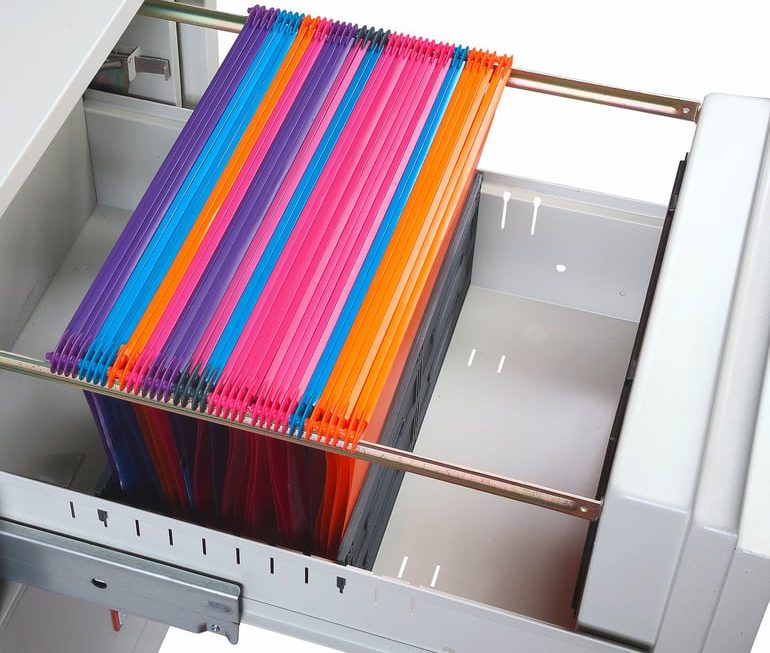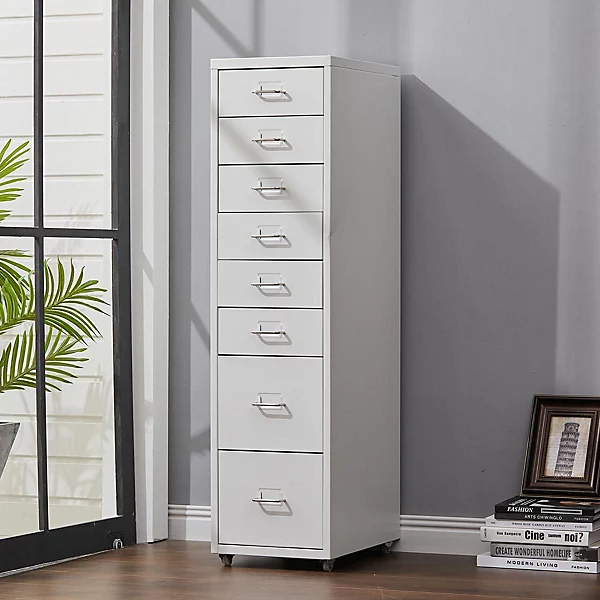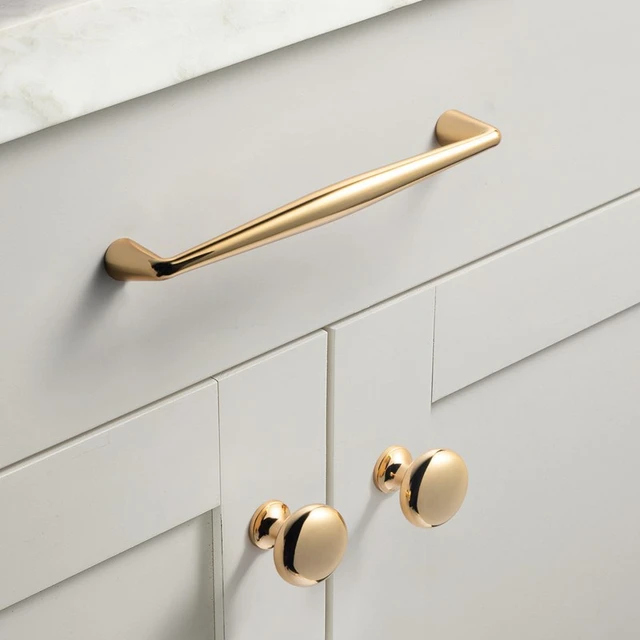 Introduction:
Introduction:
Cleaning cabinet hardware is an essential part of maintaining the appearance and functionality of your cabinets. Over time, dirt, grease, and fingerprints can accumulate on these surfaces, requiring regular cleaning. In this comprehensive guide, we will provide a step-by-step explanation of how to clean cabinet hardware effectively. By following these simple instructions, you can keep your cabinet hardware looking clean, polished, and in excellent condition.
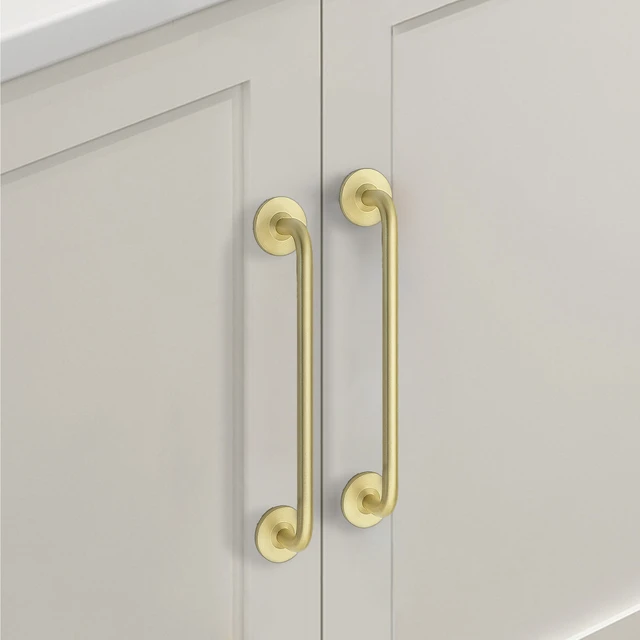 Some common materials used in cabinet hardware:
Some common materials used in cabinet hardware:
Cabinet hardware refers to the knobs, pulls, handles, and other accessories used to open and close cabinets. These hardware pieces can be made from various materials, each offering unique characteristics and aesthetics. Here are some common materials used in cabinet hardware:
Metal:
Metal is a popular choice for cabinet hardware due to its durability and versatility. Common metal options include brass, stainless steel, chrome, nickel, and bronze. Metal hardware offers a sleek and polished look, and it can complement various kitchen or bathroom styles, from modern to traditional.
Wood:
Wood is another common material used in cabinet hardware, particularly for knobs and pulls. Wooden hardware can be carved or molded into various shapes and styles. It can be stained or painted to match or contrast with the cabinet material, offering a natural and rustic touch to the overall design.
Glass:
Glass hardware provides an elegant and decorative option for cabinets. Glass knobs and pulls come in different styles and colors, from clear and transparent to frosted or stained glass. They can be combined with metal or wood accents to create unique and personalized designs.
Ceramic:
Ceramic hardware is known for its decorative appeal and versatility. Ceramic knobs and pulls are available in a wide range of colors, patterns, and textures, making them suitable for various cabinet styles. Ceramic hardware can add a pop of color and visual interest to kitchens, bathrooms, or furniture pieces.
Acrylic and Plastic:
Acrylic and plastic hardware are affordable and lightweight options for cabinets. They come in a variety of colors and styles and can mimic the appearance of glass or metal. Acrylic and plastic hardware are suitable for budget-conscious projects or areas where durability and maintenance are primary considerations.
Natural Stone:
Natural stone, such as granite or marble, can be used to create unique and luxurious cabinet hardware. Stone knobs or handles add a touch of elegance and sophistication to cabinets. However, natural stone hardware may require more maintenance than other materials to preserve their appearance and durability.
Choosing the right material for cabinet hardware depends on factors such as personal style, budget, and practicality. Considering the overall design and functionality of the cabinets will help determine which material best complements the space and meets the homeowner’s needs.
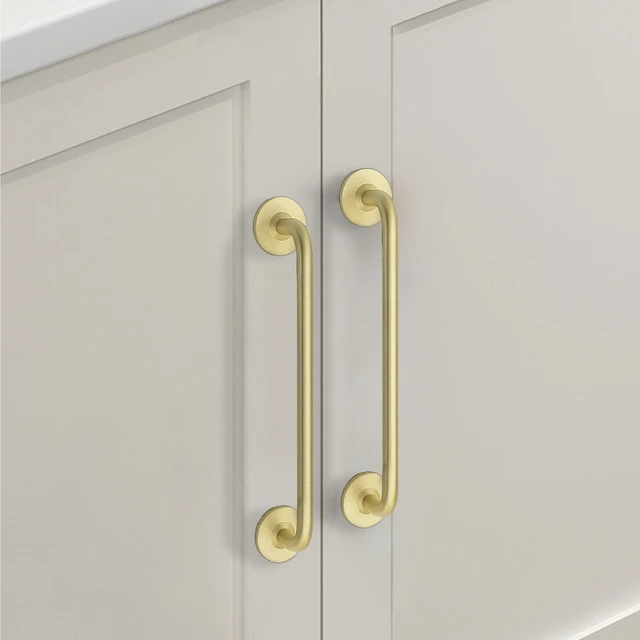 Introduction to Cleaning Cabinet Hardware
Introduction to Cleaning Cabinet Hardware
Cleaning cabinet hardware involves removing dirt, grease, and grime from handles, knobs, and hinges.
A. Importance of Cleaning: Regular cleaning helps prevent buildup and maintains the appearance and functionality of cabinet hardware.
B. Versatile Hardware: Cabinet hardware can be made from various materials, such as metal, wood, or plastic, each requiring different cleaning techniques.
Assessing the Hardware
Before cleaning your cabinet hardware, it is essential to assess its condition and material.
A. Inspection: Examine the hardware for any damages, loose screws, or signs of wear that may need repair or replacement.
B. Material Identification: Determine the material of the hardware, such as stainless steel, brass, or ceramic, to choose the appropriate cleaning methods.
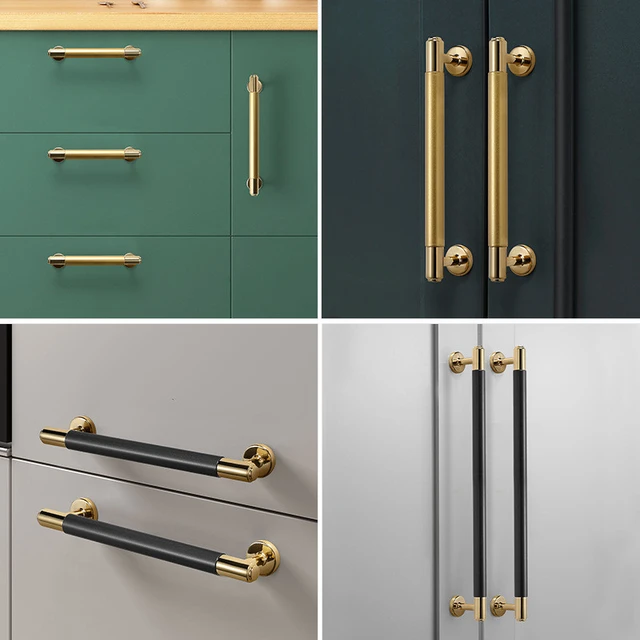 Gather Necessary Supplies
Gather Necessary Supplies
Collecting the necessary supplies ensures you have everything you need for the cleaning process.
A. Mild Soap or Detergent: Choose a mild soap or detergent that is suitable for the specific material of your cabinet hardware.
B. Warm Water: Fill a basin or sink with warm water to use for cleaning.
C. Soft Cloth or Sponge: Select a soft cloth or sponge that will not scratch or damage the hardware surface.
D. Toothbrush or Soft Bristle Brush: Use a toothbrush or soft bristle brush to reach crevices and remove stubborn dirt.
Cleaning Metal Hardware
Cleaning metal hardware requires gentle techniques to avoid damaging the surface.
A. Remove Hardware: If possible, remove the hardware from the cabinets to clean it more thoroughly.
B. Soap and Water Solution: Mix a small amount of mild soap or detergent with warm water to create a cleaning solution.
C. Wipe Down: Dip the cloth or sponge in the cleaning solution, wring out excess water, and gently wipe down the hardware surfaces.
D. Scrubbing Stubborn Dirt: For stubborn dirt or crevices, use a toothbrush or soft bristle brush to scrub in a circular motion.
E. Rinse and Dry: Rinse the hardware with clean water and thoroughly dry it with a soft cloth to prevent water spots.
Cleaning Wooden Hardware
Wooden cabinet hardware requires different cleaning techniques due to its delicate nature.
A. Dust Removal: Start by using a soft cloth or duster to remove any dust or loose particles from the wooden hardware.
B. Diluted Wood Cleaner: Mix a small amount of diluted wood cleaner with warm water as specified by the manufacturer’s instructions.
C. Wipe Down: Dip the cloth in the diluted wood cleaner solution, wring it out, and gently wipe down the wooden hardware surfaces.
D. Gentle Scrubbing: If needed, use a toothbrush or soft bristle brush to lightly scrub the hardware, following the grain of the wood.
E. Rinse and Dry: Rinse the hardware with clean water to remove any residue, and thoroughly dry it with a soft cloth.
Cleaning Plastic or Ceramic Hardware
Cleaning plastic or ceramic hardware requires gentle methods to avoid scratching or damaging the surfaces.
A. Warm, Soapy Water: Create a solution of warm water and mild soap to clean the plastic or ceramic hardware.
B. Wipe Down: Dip a soft cloth or sponge in the soapy water solution, wring it out, and gently wipe down the hardware surfaces.
C. Rinse and Dry: Rinse the hardware with clean water to remove any soap residue, and dry it thoroughly with a soft cloth.
Reinstalling the Hardware
Once the cabinet hardware is clean and dry, you can reinstall it on your cabinets.
A. Securing Screws: Ensure all screws are tightened securely to prevent any hardware from becoming loose or falling off.
B. Aligning Properly: Position the hardware in its proper location and align it with the existing holes before tightening the screws.
Regular Maintenance Tips
To keep your cabinet hardware clean and well-maintained, follow these regular maintenance tips.
A. Wiping Down: Regularly wipe down the hardware with a soft cloth or sponge to remove any surface dust or dirt.
B. Avoid Harsh Chemicals: Avoid using abrasive cleaners or harsh chemicals that can damage or discolor the hardware.
C. Prompt Cleaning: Clean any spills or stains on the hardware as soon as possible to prevent them from setting in.
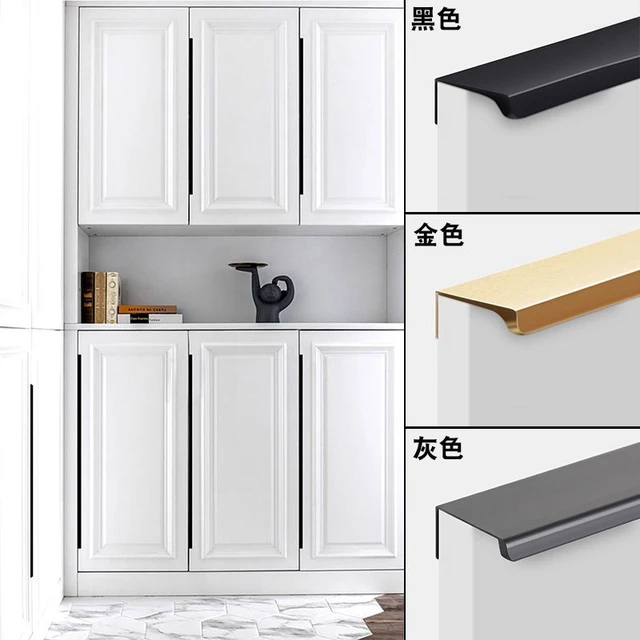 Conclusion
Conclusion
Regularly cleaning cabinet hardware is essential to maintain its appearance and functionality. Assessing the condition and material of the hardware allows for appropriate cleaning methods and supplies. Whether cleaning metal, wooden, plastic, or ceramic hardware, the process involves a few simple steps using mild soap or detergent and warm water. Properly reinstalling the hardware after cleaning ensures a secure and polished look. Following regular maintenance tips helps keep your cabinet hardware clean and in excellent condition for years to come. By dedicating a little time and effort to clean your cabinet hardware, you can enhance the overall look and longevity of your cabinets.

